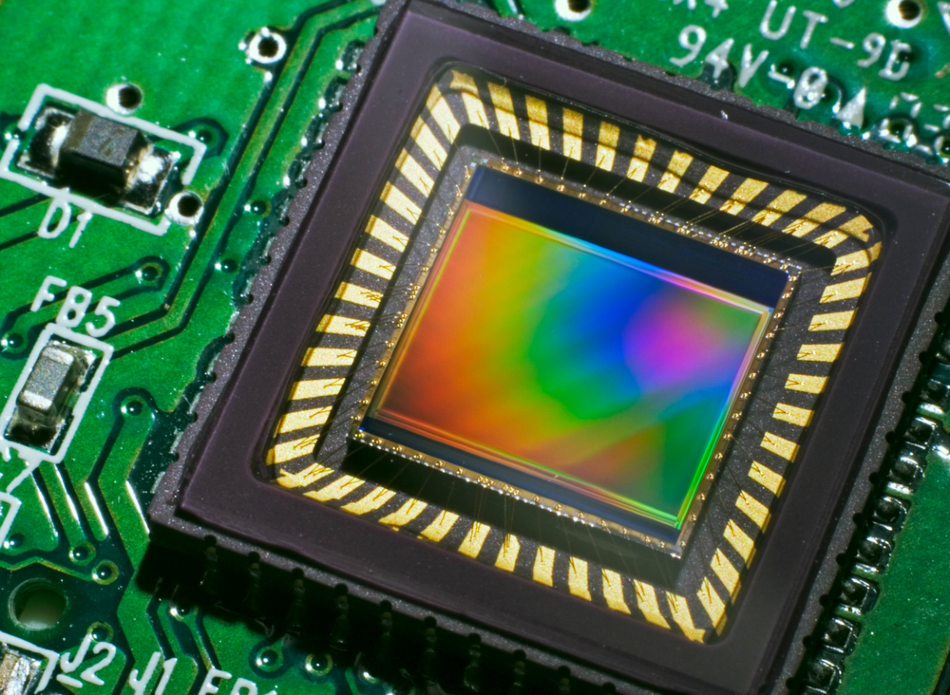
Image Credit: SHCHERBAKOV SERHII/Shutterstock.com
Charge-coupled devices (CCDs) are used within the sensor, detector and camera systems of many technologies. Despite being around for many years, their use is still growing and is expanding into different scientific areas. We’re going to look at what CCDs are and some of the main application areas where CCDs are used.
In the most basic sense, CCDs are semiconducting photodiodes (which act as pixels) that can be formed into different arrays on a silicon surface. CCDs can capture photons of light and can be used to build up an image of something―be it a microscopic object or a celestial body many light-years away. Because CCDs have this ability, they have been used in many different detectors (photodetectors), sensors and cameras which are used in many different scientific applications.
How CCDs Work
CCDs are doped silicon wafers that have been etched with photoactive regions, where these regions can be used to capture photons. The photoactive regions are often made of metal-oxide-semiconductor (MOS) capacitors and each capacitor behaves like a single photodiode, which in turn causes the capacitor to act as an individual pixel. These capacitors are then built into arrays to capture photons.
When a CCD captures a photon, a surface charge is generated in the capacitor in the form of a positively charged hole. Each of the capacitors is separated from each other and this creates a series of quantum wells (potential wells) to store the charges. This changes the electrical charge of each capacitor and the electronic charge is moved along the quantum transfer channels between the capacitors under an applied voltage. The electronics in the CCD can read the different charges and facilitate the movement of charge, and this enables the positional and intensity values of each pixel to be digitized by the software and an image to be generated.
This mechanism makes CCDs a very efficient imaging system and is why the applications of CCDs tend to be specific to the areas which require the generation of high-quality images.
Life Sciences and the Use of Charge-Coupled Devices
Because CCD-based detectors and cameras are used in various microscopes and imaging systems, one of the big application areas is the life science and medical fields, as this is where these imaging systems are used the most. The applications in this area are too vast to mention every single one, as these imaging systems can be used across all aspects of the life sciences and on almost all biomolecules. Some specific examples include the ability to take images of cells with contrasting enhancements applied, the ability to collect image samples which have been doped with fluorophores (which cause the sample to fluoresce), and it is used in advanced X-ray tomography systems to image bone structures and soft tissue samples.
How Can Charge-Coupled Devices be used in Optical Microscopy?
While the above section of life sciences involves CCD-based detectors in microscopes, it should be noted that the microscopy applications are not just limited to the life science field. Optical microscopes are used in the fields of food science, chemistry, engineering, and even nanotechnology in some cases (alongside other applied scientific sub-areas), and there are many CCD-based cameras used in the conventional benchtop microscope.
CCDs are used in optical microscopes because they can possess over 10 million pixels, which enables many samples to be seen clearly, as well as a low noise ratio, ability to image in color, high sensitivity and a high spatial resolution which all contribute to the high-quality images that are necessary for modern-day science. One other key feature is that CCDs can rapidly image a sample, which is necessary for analyzing the microscopic processes that happen in a sample, as well as the sample itself. In modern-day microscopes, the CCD cameras used often range between 0.1 and 20 MHz.
Using Charge-Coupled Devices (CCD) in Astronomy
As well as looking at the small, CCDs are also used in equipment that can take images of very large, and very far away celestial bodies. CCDs have been used in astronomy applications since the 1970s. One example of where this has been used is to take pictures of the Andromeda galaxy (as well as other celestial bodies in the same vicinity as Andromeda). However, there are not any limits on what can be imaged using these methods, as stars, planets, meteors and other small objects that reflect light can all be imaged. CCDs have been used for so long in the astronomy space because they have high quantum efficiencies and can detect ultra-low levels of noise, which means the quality of the image produced is much greater than other methods. Many CCD-based technologies can also detect X-rays and infrared (IR) rays as well, making them ideal for astronomy applications where visible light may be limited but other electromagnetic waves could be present.
References and Further Reading
MicroscopyU: https://www.microscopyu.com/digital-imaging/introduction-to-charge-coupled-devices-ccds
Spectral Instruments: http://www.specinst.com/What_Is_A_CCD.html
Photonics Media: https://www.photonics.com/Articles/Detectors_CCDs_for_Life-Science_Applications/a25141
“A Summary of Charge-Coupled Devices for Astronomy”- Lesser M., Publications of the Astronomical Society of the Pacific, 2015, DOI: 10.1086/684054
“Introducing an Application of a Charged Coupled Device (CCD) in an Optical Tomography System”- Rahim R. A. et al, Jurnal Teknologi, 2015, DOI: 10.11113/jt.v73.4253
Disclaimer: The views expressed here are those of the author expressed in their private capacity and do not necessarily represent the views of AZoM.com Limited T/A AZoNetwork the owner and operator of this website. This disclaimer forms part of the Terms and conditions of use of this website.